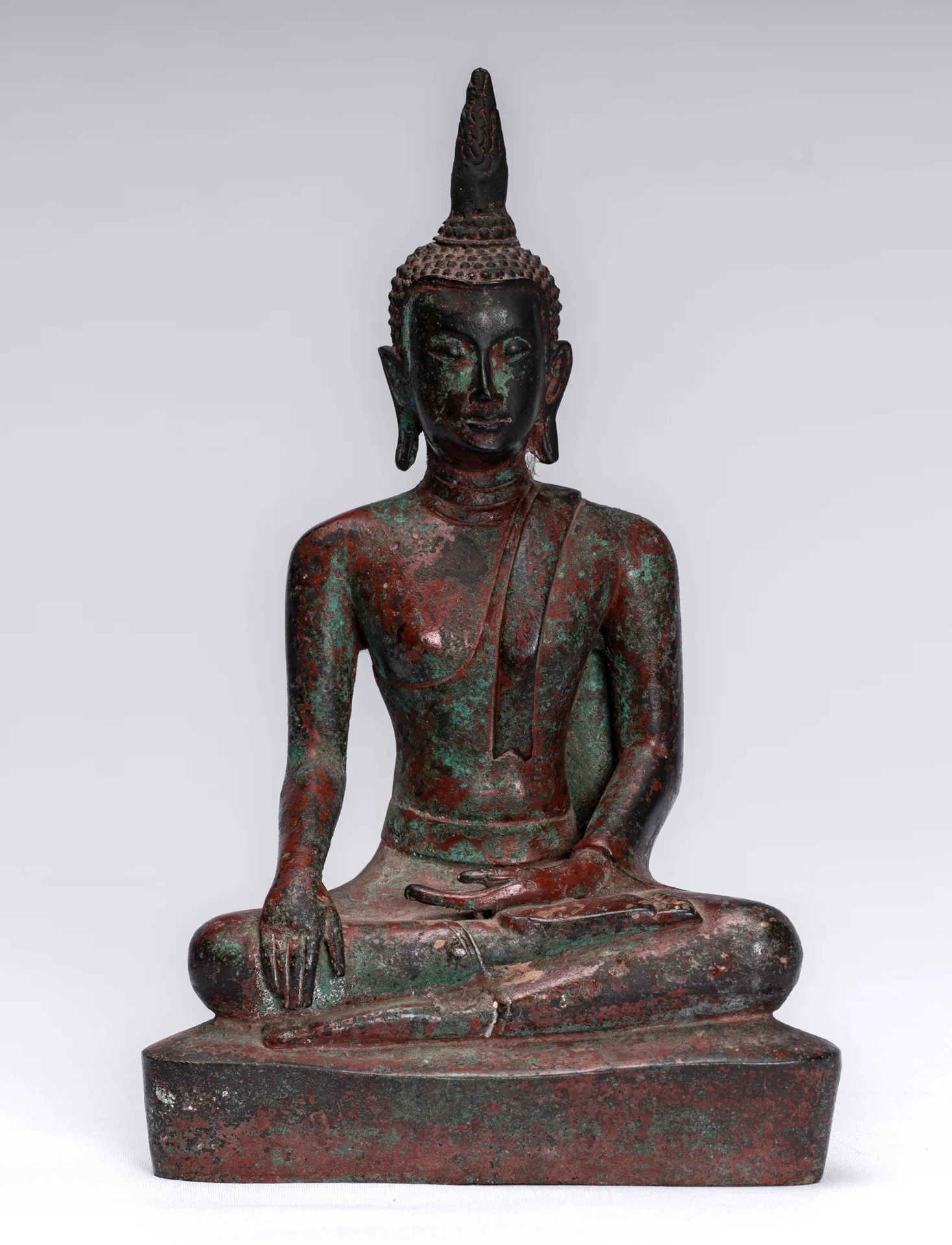
The Legacy of the Sukhothai Empire: A Glimpse into Thailand's Historical Brilliance
The Sukhothai Empire, a paramount state that flourished from the 13th to the 15th century in what is now modern-day Thailand, stands as a testament to the region's rich cultural heritage and remarkable historical significance. Known for its innovative governance, architectural marvels, religious devotion, and artistic achievements, the Sukhothai Empire remains a pivotal chapter in Southeast Asian history.
1. Innovative Governance and Administrative Excellence
The Sukhothai Empire is renowned for its pioneering administrative system, marked by a decentralized structure that emphasized local autonomy under a central authority. King Ramkhamhaeng the Great, who ruled from 1279 to 1298, is particularly associated with instituting this unique governance model. He is credited with developing the first Thai script, which facilitated better communication and administration throughout the realm. His benevolent rule and emphasis on fair governance earned him the status of a revered monarch.
2. Architectural Splendor and Urban Planning
A hallmark of the Sukhothai Empire was its architectural prowess and urban planning. The era witnessed the construction of awe-inspiring temples and monuments, with Wat Mahathat and Wat Si Chum being among the most prominent examples. These structures are characterized by intricate carvings, elegant design, and a harmonious blend of local artistic styles. The art and architecture of the Sukhothai period laid the foundation for the subsequent Thai artistic and architectural traditions.
3. Religious Devotion and Cultural Flourishing
Buddhism played a pivotal role in the Sukhothai Empire's cultural and religious landscape. The empire embraced Theravada Buddhism, which not only influenced spiritual life but also art, culture, and societal values. Monasteries served as centers of learning, fostering intellectual exchange and contributing to the preservation of knowledge. This period saw the flourishing of literature and poetry, with inscriptions and texts providing insights into the ethos of the time.
4. Artistic Achievements and Cultural Expression
The Sukhothai Empire is celebrated for its remarkable artistic achievements that still captivate observers today. Sculptures and statues from this era exemplify a sense of elegance and serenity, reflecting the spiritual essence of Buddhism. The art of the Sukhothai period holds a distinct place in the broader Southeast Asian artistic tradition, characterized by graceful forms, intricate detailing, and a focus on spiritual representation.
5. Influence on Subsequent Thai History
The Sukhothai Empire's legacy extends beyond its time, profoundly impacting the trajectory of Thailand's history. Its administrative principles laid the groundwork for later Thai states, while its emphasis on Buddhism and cultural expression endured through subsequent dynasties. The historical significance of Sukhothai is such that it remains a source of national pride for Thailand, with Sukhothai Historical Park, a UNESCO World Heritage Site, serving as a tangible reminder of the empire's greatness.
In conclusion, the Sukhothai Empire stands as a beacon of historical brilliance in Southeast Asia. Its innovative governance, architectural marvels, religious devotion, artistic achievements, and lasting influence collectively shape its legacy. By embracing its past, Thailand not only honors its rich heritage but also gains insights that resonate in the present. The Sukhothai Empire is a testament to the enduring power of culture and civilization, inviting us to marvel at the feats of the past and draw inspiration for the future.


